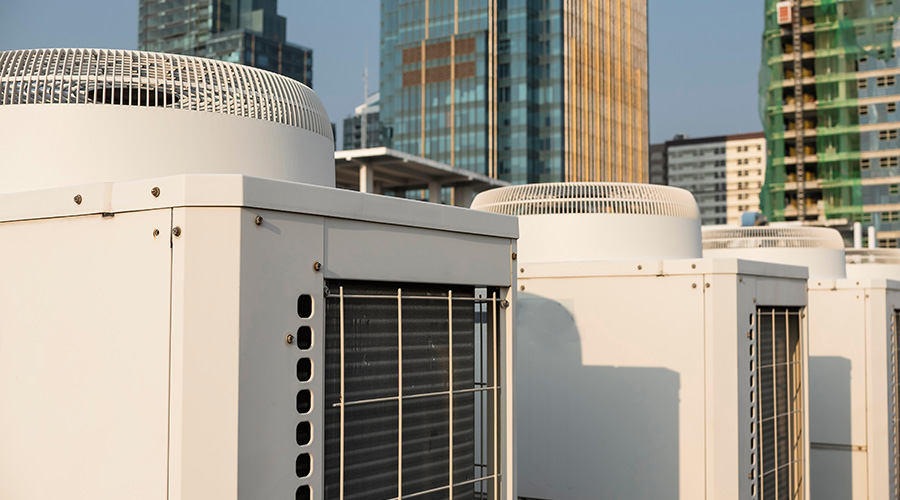Electronic Faucets, Aerators Can Help Meet Water Efficiency Goals
When it comes to faucets, electronic faucets have replaced manual faucets in many cases, which cuts down on water use by regulating the amount of water used each time the sensor is activated as opposed to simply running until a user turns it off. The next step for many facility managers is to install aerators, which either come pre-installed on certain faucets or can be installed on existing fixtures. The aerator mixes water with air to maintain pressure while using less water.
One complaint that sometimes arises from installing aerators is that the water from the faucet takes too long to get hot, leading to user frustration when the water shuts off just as it’s starting to get warm. There is a fix to eliminate that issue in new construction, but it requires accounting for the water system beyond just the faucet.
“The only way to address that from a designer’s standpoint is to just make sure that you provide a recirculation system so that you minimize the amount of time it takes for hot water to get to that fixture,” says Clemente. In a retrofit application, an instantaneous water heater can also mitigate the problem.
In facilities with showers, lower-flow showerheads are available. One thing to watch out for with retrofits, however, is making sure the valves and the showerheads match up to avoid pressure swings, says Jim Galvin, senior technical consultant, Plumbing Manufacturers International.
“With shower heads it’s a little tricky, because you really need to match the shower heads with the valves,” Galvin says. “If they’re older valves, they may not be compensating valves, and you could have an issue with spiking temperatures.”
Regardless of the fixture or fixtures you’re looking at replacing, one good way to ensure you’re getting an efficient model is to look for the EPA’s WaterSense label. Products with the WaterSense label exceed industry standards, and in many cases code requirements, for water efficiency.
“What you have under WaterSense are water closets that are 1.28 gallons per flush, urinals are .5 gallons per flush, faucets are 1.5 gallons per minute, showerheads are 2.0 gpm,” Galvin says. “Some states already require those levels — California, Texas, Georgia, they’re already at those levels.”
Maintenance and Infrastructure
Water-efficient fixtures are a good start, but, like other fixtures, they require maintenance and regular inspection to ensure they’re performing at their best.
“The one thing to ensure that you’re realizing those savings is checking for leaks,” says Fedak, pointing out that a constantly running toilet is never going to be water efficient.
Other areas to keep an eye on are making sure that batteries in electronic faucets are changed as necessary and that urinals and toilets are flushing properly and in good mechanical condition. With faucets, watch out for occupants removing aerators that have been after-market installed because they feel the flow rates are not sufficient.
Related Topics:














